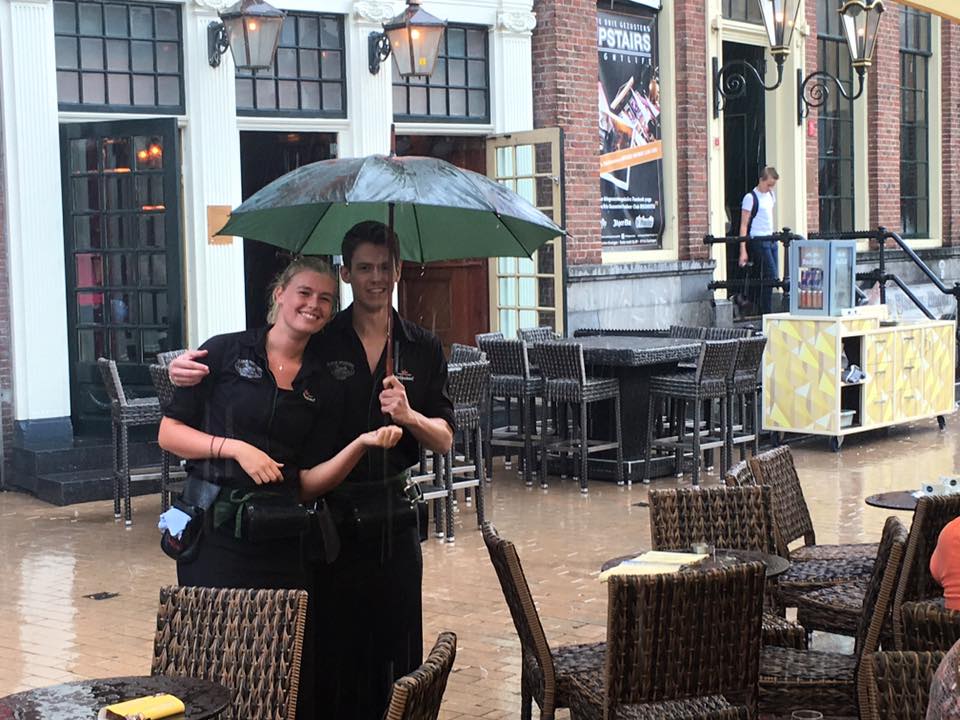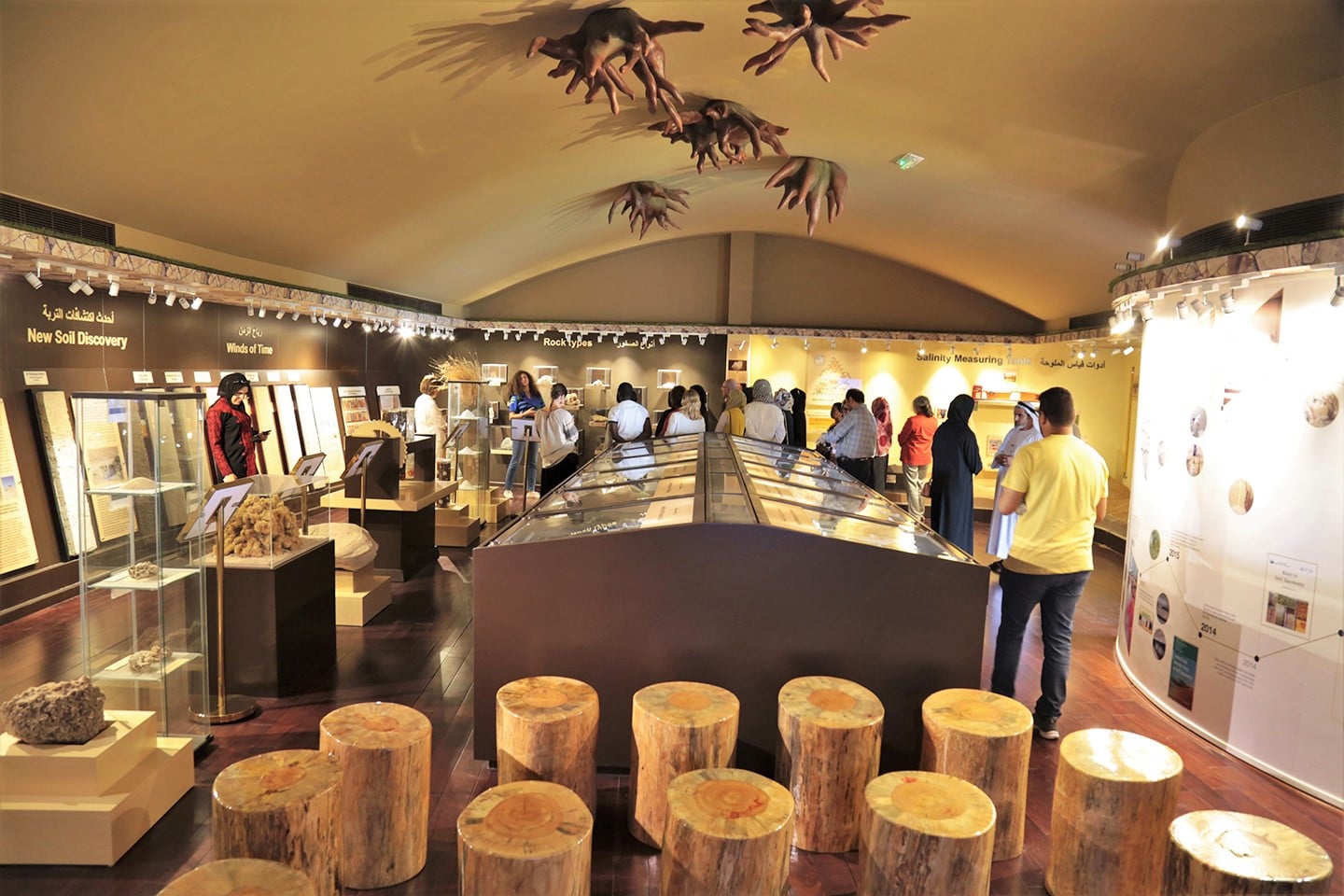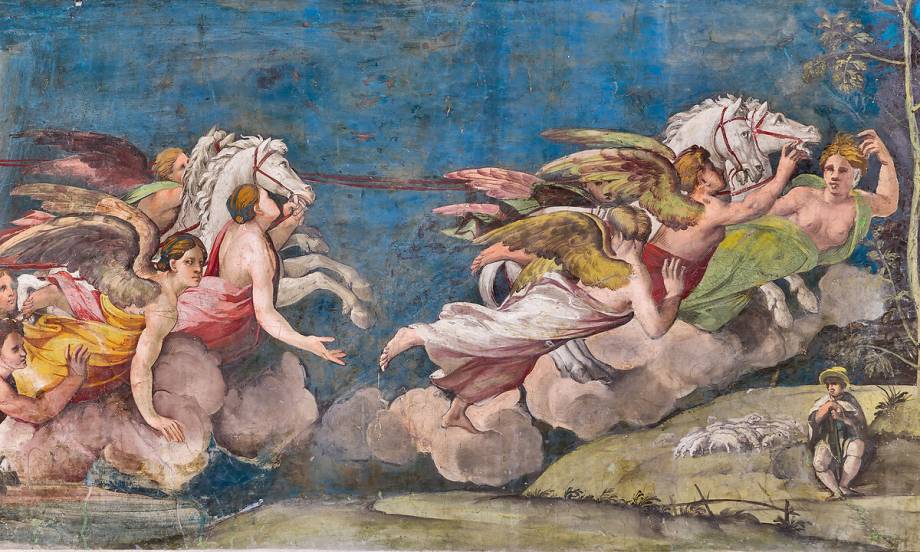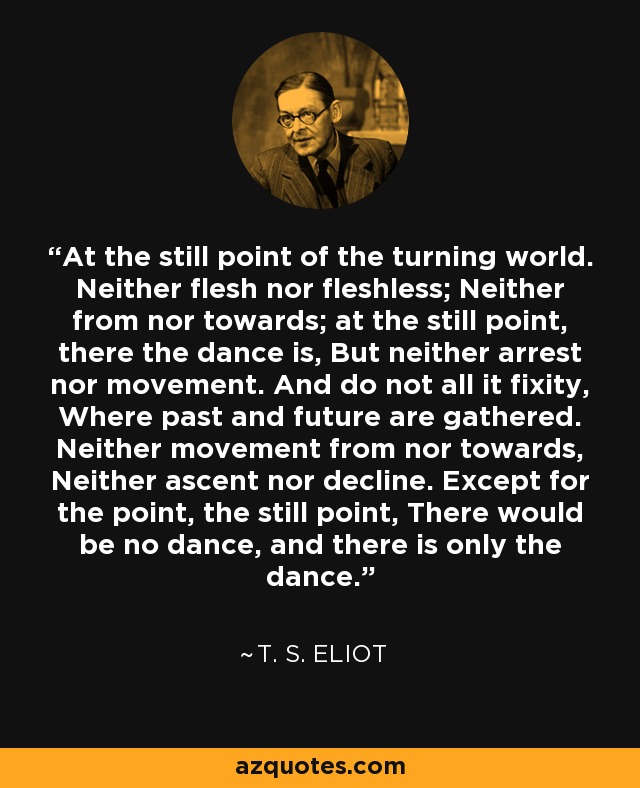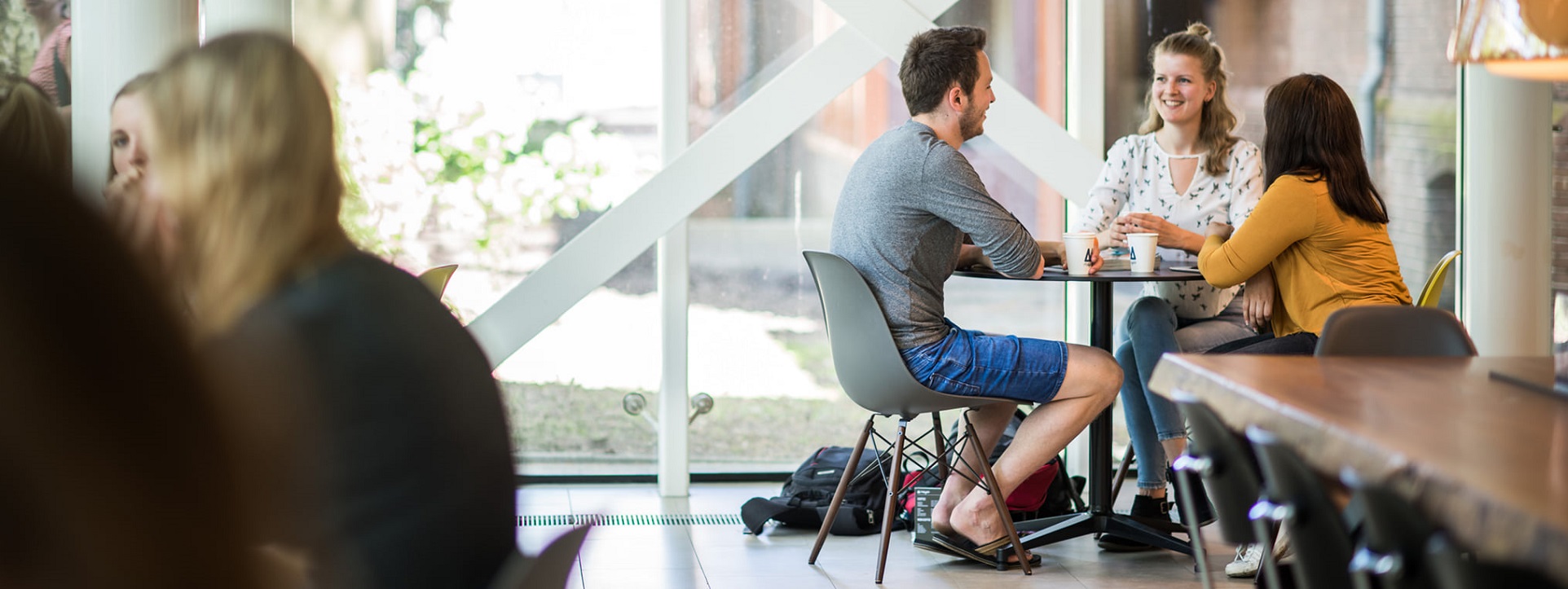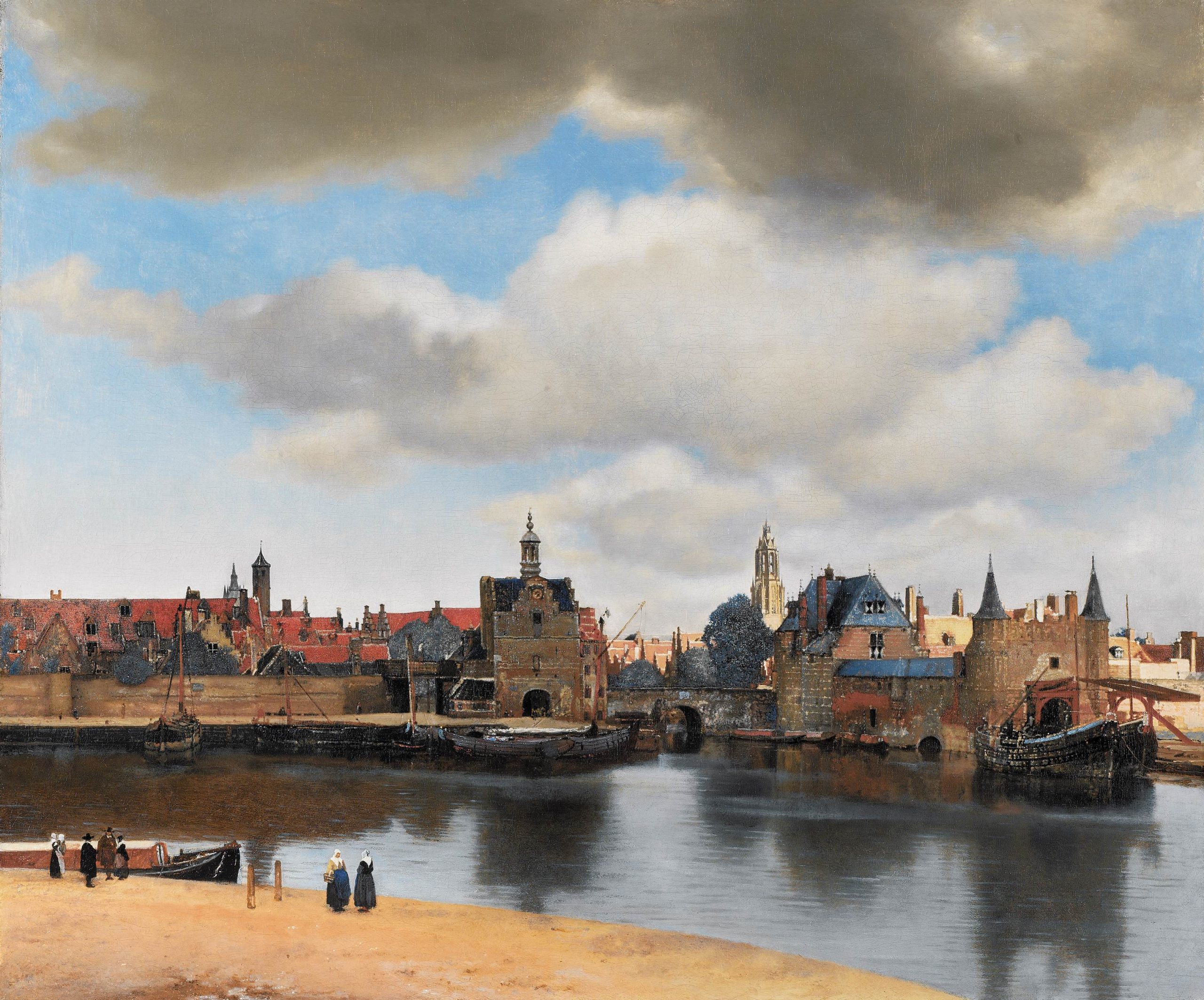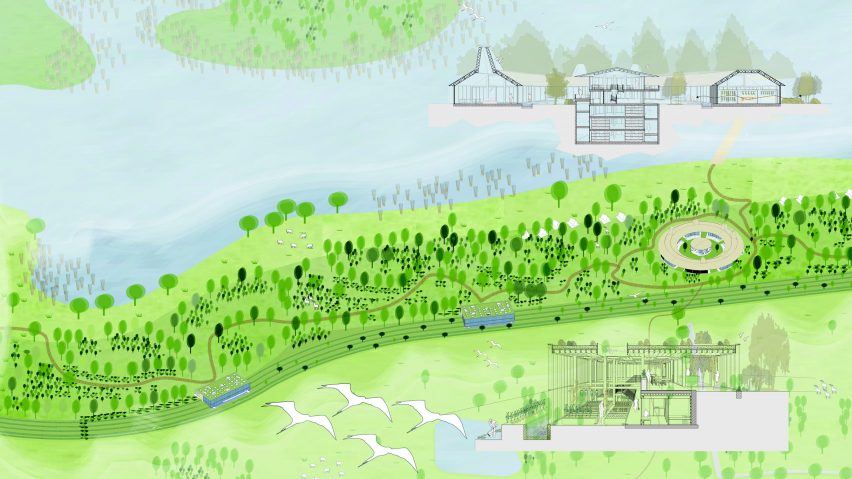Tag Archives: Nederland
- Home
- Posts tagged "Nederland"

Bruin Café
“Europe today has little desire to reproduce itself,
fight for itself or even take its own side in a argument.
By the end of the lifespans of most people currently alive,
Europe will not be Europe and the peoples of Europe
will have lost the only place in the world we had to call home”
– Douglas Murry (“The Strange Death of Europe”)
Large European universities such as Rijksuniversiteit Groningen are integrated into the fabric of the surrounding city. There are several ways in which this integration takes place:
Physical location: Many European universities are located in the heart of the city, often in historic buildings that have been repurposed for educational use. This central location means that the university is easily accessible to students and the general public, and that it is often surrounded by other cultural institutions, such as museums, theaters, and libraries.
Student life: The presence of a large student population can have a significant impact on the city’s culture and economy. Many European cities have developed a vibrant student culture, with cafes, bars, and other venues catering to the needs and interests of young people. This can help to create a sense of community between the university and the city, and can also bring economic benefits to local businesses.
Research and innovation: Large European universities are often at the forefront of research and innovation, and they can be important drivers of economic growth in the surrounding region. Many universities work closely with local businesses and industries, and they may also collaborate with other universities and research institutions in the area.
Cultural exchange: Universities can be important centers of cultural exchange, both for international students and for local residents. Many European universities offer language classes and other cultural programs that are open to the public, and they may also host lectures, concerts, and other events that are designed to promote cross-cultural understanding.
Overall, the integration of large European universities into the city is a complex and multifaceted process that can have a significant impact on the social, cultural, and economic life of the surrounding region.
The origin of brown cafés can be traced back to the 17th century, during the Dutch Golden Age. At that time, the Netherlands was a prosperous and influential trading nation, and Amsterdam was a bustling city with a thriving port. Sailors, merchants, and locals needed places to socialize, relax, and conduct business, leading to the emergence of taverns and pubs.
The term “brown café” is believed to have originated from the brownish stains that formed on the walls and ceilings due to tobacco smoke, candle soot, and other atmospheric elements. These stains gave the cafés a distinct, cozy ambiance and a sense of history.
Brown cafés became an integral part of Dutch culture, serving as communal gathering spots for people of all walks of life. They were places where locals would meet friends, engage in conversations, enjoy a drink, and sometimes play board games like chess or backgammon. Over time, brown cafés became associated with an authentic, unpretentious, and relaxed atmosphere, attracting both locals and tourists.
The unique charm of brown cafés lies in their preserved historical interiors, with old wooden furniture, dim lighting, and a wide selection of local beers and spirits. Many brown cafés still retain their original character, transporting visitors back in time and providing a cozy retreat from the hustle and bustle of modern life.
While the concept of brown cafés originated in the Netherlands, similar types of establishments can also be found in other European countries, such as Belgium and parts of Germany. However, the term “brown café” is primarily associated with the Dutch tradition of cozy, atmospheric, and convivial drinking establishments.
Of Beauty and Consolation: Roger Scruton
Studenten van @RSMErasmus passen het vak #standaardisatie toe in de praktijk. Komende maand helpen zij vijf ondernemers van @TheGrnVillage met #normalisatie vraagstukken rondom hun #innovatie.
Wij zijn benieuwd naar de resultaten.#learningcommunity #praktijkonderwijs pic.twitter.com/OIpPXQpGsf
— NEN (@NEN_nl) February 13, 2023
World Soil Museum
The World Soil Museum hosts a range of educational programs and workshops for students, researchers, and other visitors who are interested in learning more about soil science. These programs cover topics such as soil classification, soil management, and soil conservation, and they are designed to help people understand the vital role that soils play in supporting agriculture, ecosystems, and human societies around the world.
Dutch Institute for Fundamental Energy Research
“DIFFER” is a research institute domiciled at TU/e that is focused on advancing the development of sustainable energy technologies, such as fusion energy and solar fuels. It conducts fundamental research on plasma physics and materials science to understand the behavior of matter at extremely high temperatures and under extreme conditions.
DIFFER also collaborates with universities, research institutions, and industry partners to translate their research into practical applications. The institute’s ultimate goal is to develop new and innovative solutions to meet the world’s growing demand for energy while reducing greenhouse gas emissions and environmental impact.
Among its findings and recommendations: “Electrochemical Production of Ammonia from Renewable Energy: A Thermodynamic Analysis” published in the Journal of The Electrochemical Society in 2018, which evaluated the thermodynamic feasibility of using renewable energy to produce ammonia, an important fertilizer, through electrochemical processes.
N.B. Ammonia can be deployed for energy conservation purposes in various ways, such as:
- Energy storage: Ammonia can be used as a means of storing energy from renewable sources, such as wind and solar power, in the form of chemical energy. This stored energy can be released by converting ammonia back into electricity through fuel cells or by burning it in a combustion engine.
- Power generation: Ammonia can be used directly as a fuel in combustion engines or turbines to generate electricity, without emitting greenhouse gases or other harmful pollutants.
- Heating and cooling: Ammonia can be used as a refrigerant or heat transfer fluid in industrial processes, air conditioning systems, or district heating networks, reducing the energy required for cooling and heating.
- Fuel for transportation: Ammonia can be used as a fuel for ships, trains, or other heavy-duty vehicles, reducing emissions of greenhouse gases and other pollutants.
However, it is worth noting that the deployment of ammonia for energy conservation purposes requires the development of suitable technologies for its production, transportation, and storage, as well as the necessary infrastructure to support its use.
Just reached half a million followers here on @Twitter. Thank you guys so so much. Your support means the world to me!
Cheers to 500k! United we stand! ❤️ pic.twitter.com/X7jKmLxPQ2
— Eva Vlaardingerbroek (@EvaVlaar) June 15, 2023
How Hummingbirds Hum
This beauty by Raymond Carver: pic.twitter.com/UzDuX96yHX
— Dr. Maya C. Popa (@MayaCPopa) July 5, 2023
Spring Week 17 | April 21 – April 27
“The Dry Salvages” | No. 3 of the ‘Four Quartets’ by T.S. Eliot, 1946
I do not know much about gods; but I think that the river
Is a strong brown god—sullen, untamed and intractable,
Patient to some degree, at first recognised as a frontier;
Useful, untrustworthy, as a conveyor of commerce;
Then only a problem confronting the builder of bridges.
The problem once solved, the brown god is almost forgotten
By the dwellers in cities—ever, however, implacable.
Keeping his seasons and rages, destroyer, reminder
Of what men choose to forget. Unhonoured, unpropitiated
By worshippers of the machine, but waiting, watching and waiting.
His rhythm was present in the nursery bedroom,
In the rank ailanthus of the April dooryard,
In the smell of grapes on the autumn table,
And the evening circle in the winter gaslight….
Mississippi State University: National Poetry Month 2023
Monday | 21 April | Colloquium 15:00 UTC
Tuesday | 22 April | Colloquium 15:00 UTC
Wednesday | 23 April | Colloquium 15:00 UTC
Thursday | 24 April | Colloquium 15:00 UTC
Friday | 25 April | Colloquium 15:00 UTC
Saturday | 26 April
Sunday | 27 April
Cocoa: Food of the Gods
International Cocoa Organization
“Natkaffe” | Erik Ludvig Henningsenhttps://t.co/Hk6hI6JoQIhttps://t.co/eF0cZjPWGo pic.twitter.com/pDSRyZAxPu
— Standards Michigan (@StandardsMich) January 31, 2022
“Mr. Blue Sky” 1977 Jeff Lynne
University of Groningen Lipdub@univgroningenhttps://t.co/QENg1yZ8nb
print(“Lunch Hour 1600 UTC”)\n weekday(2)https://t.co/QMo57UYgp0 pic.twitter.com/xxsg1pXVq5— Standards Michigan (@StandardsMich) April 26, 2023
Simple Gifts
https://www.ahk.nl/en/
https://en.wikipedia.org/wiki/Lucie_Horsch
https://luciehorsch.com/?fbclid=IwAR1oClcUFzUCAXWMJ5Ol5JKV29hb–fTpGJwFJbyhwBILYKiUtrjxH5U6JY
New update alert! The 2022 update to the Trademark Assignment Dataset is now available online. Find 1.29 million trademark assignments, involving 2.28 million unique trademark properties issued by the USPTO between March 1952 and January 2023: https://t.co/njrDAbSpwB pic.twitter.com/GkAXrHoQ9T
— USPTO (@uspto) July 13, 2023
Standards Michigan Group, LLC
2723 South State Street | Suite 150
Ann Arbor, MI 48104 USA
888-746-3670


